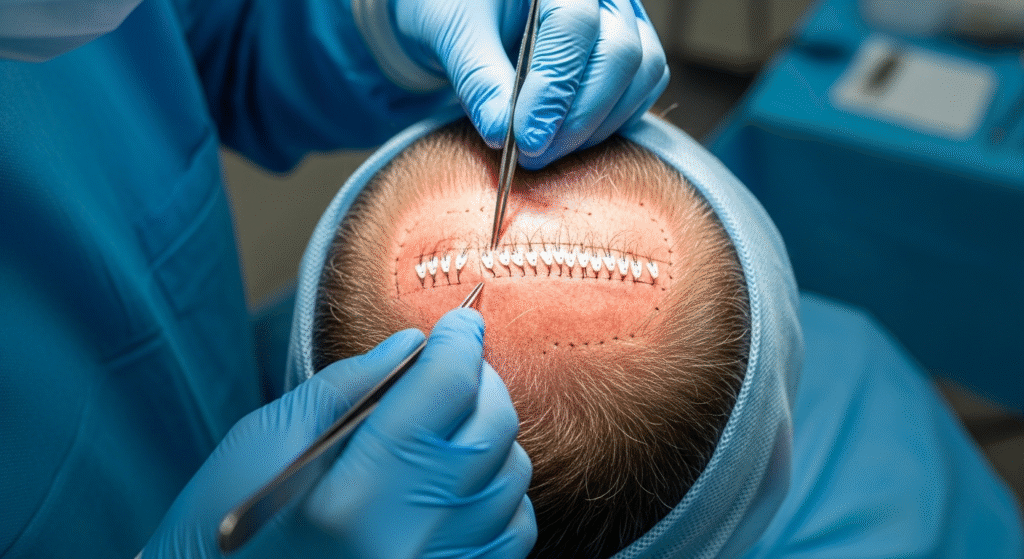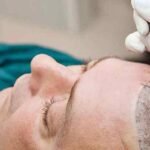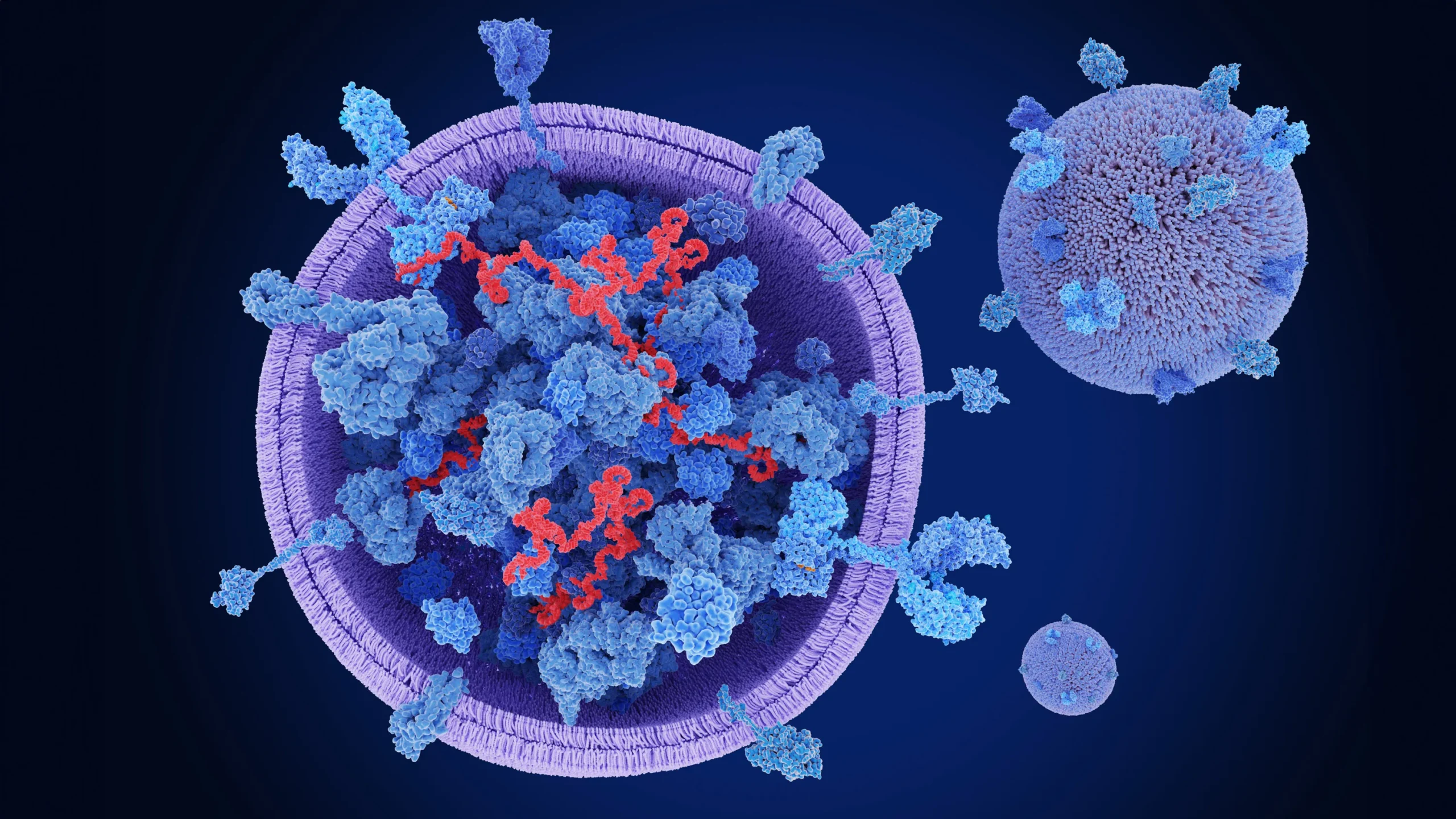Struggling with thinning hair can affect your confidence and self-esteem. Hair thickening surgery is a promising solution to restore volume and density. This guide will walk you through the procedure, its benefits, recovery tips, and much more. By reading this article, you’ll get valuable insights from medical professionals and real patients about the outcomes of …
Struggling with thinning hair can affect your confidence and self-esteem. Hair thickening surgery is a promising solution to restore volume and density. This guide will walk you through the procedure, its benefits, recovery tips, and much more.
By reading this article, you’ll get valuable insights from medical professionals and real patients about the outcomes of hair thickening surgery and whether it’s the right choice for you.

What is Hair Thickening Surgery?
Understanding the Procedure
Hair thickening surgery involves techniques that help enhance the density and volume of your hair. Unlike traditional hair transplants, which focus on restoring hair in bald spots, hair thickening surgery targets the overall thickness of existing hair. The goal is to make the hair look fuller without completely changing your hairline.
Types of Hair Thickening Surgeries
Follicular Unit Extraction (FUE):
FUE involves removing individual hair follicles from the donor area and transplanting them into areas where hair is thinning. It’s minimally invasive, leaving no large scars.
Follicular Unit Transplantation (FUT):
FUT involves removing a strip of hair from the donor area and dissecting it into individual follicles. While this technique can be more invasive, it often provides more hair grafts in a single session.
Scalp Micropigmentation (SMP):
SMP is a non-surgical procedure where pigment is applied to the scalp to create the illusion of thicker hair. It’s a good alternative for those who are not suitable for transplants.
Who is a Candidate for Hair Thickening Surgery?
Ideal Candidates
The best candidates for hair thickening surgery are those with mild to moderate hair thinning. Typically, you should be in good health and have a stable pattern of hair loss. Both men and women can benefit from this procedure.
When to Consider Hair Thickening Surgery
You might consider hair thickening surgery if:
- Your hair has started to thin significantly.
- Non-invasive treatments like medications haven’t worked for you.
- You want a fuller hair look without waiting for years of natural hair growth.
The Benefits of Hair Thickening Surgery
Natural-Looking Results
One of the main advantages of hair thickening surgery is that it provides natural-looking results. When done correctly, the procedure blends seamlessly with your natural hair, creating a fuller and denser appearance.
Boost in Confidence
Hair thickening surgery can lead to a significant boost in self-esteem. Many people feel more confident and younger after undergoing the procedure, enjoying the freedom of not worrying about thinning hair.
Long-Term Solution
Unlike temporary fixes such as hair fibers or sprays, hair thickening surgery offers a long-term solution. Results from procedures like FUE and FUT can last a lifetime with proper care.
How Hair Thickening Surgery Works
The Step-by-Step Process
- Consultation:
You’ll meet with a hair restoration specialist to assess your hair type, scalp health, and goals. The surgeon will recommend the best technique based on your needs. - Surgical Procedure:
During the procedure, the surgeon will harvest hair follicles from a donor area (usually the back of the head) and transplant them to areas where hair is thinning. - Post-Surgery Care:
After the surgery, you’ll follow specific aftercare instructions to ensure the best results and avoid complications.
Pain Management and Anesthesia
The procedure is typically performed under local anesthesia, so you will remain awake but won’t feel pain. Some discomfort may be present during recovery, but it’s manageable with prescribed pain relievers.
Duration and Complexity of the Surgery
Hair thickening surgeries typically take 4-8 hours, depending on the extent of the procedure. FUE might take a little longer due to the precision required to extract individual follicles.
Recovery After Hair Thickening Surgery
What to Expect During Recovery
Immediately after the surgery, there may be swelling, redness, or small scabs around the treated area. This is normal and part of the healing process.
How Long is the Recovery Period?
- Initial Recovery:
Most patients can return to work within 2-3 days, though strenuous activities should be avoided for at least 7-10 days. - Full Recovery:
It can take 6-12 months for the full results of the procedure to appear, as hair follicles grow in and thicken over time.
Managing Side Effects and Complications
Some common side effects include:
- Mild pain and swelling
- Temporary hair shedding (donor area)
- Scarring (more common with FUT)
Ensure you follow all aftercare instructions to minimize risks and promote healing.
Expert Tips for a Successful Recovery

Safe Recovery Tips
- Avoid Scratching:
Refrain from scratching or picking at your scalp to prevent infection and scarring. - Protect Your Scalp:
Avoid direct sunlight for several weeks and wear a loose hat if you need to be outside. - Hydration:
Stay hydrated and nourish your body with a balanced diet rich in vitamins for hair health.
How to Care for Your Scalp Post-Surgery
Gently cleanse your scalp with a mild shampoo and avoid using harsh chemicals for at least 2 weeks. Follow your surgeon’s specific post-operative instructions for optimal results.
What You Should Avoid Post-Surgery
- Avoid intense physical activity like running, lifting weights, or swimming for at least 2 weeks.
- Avoid alcohol and smoking, as these can hinder the healing process.
Are There Risks or Side Effects?
Possible risks include infection, scarring, and poor hair growth. These risks can be minimized with proper care and choosing an experienced surgeon.
Hair Thickening Surgery vs. Other Hair Restoration Treatments
Non-Surgical Options
Non-surgical treatments like minoxidil, finasteride, or PRP therapy can help manage hair thinning. However, they are typically less effective for people with severe hair loss.
Why Choose Hair Thickening Surgery?
Hair thickening surgery provides permanent, natural-looking results, making it a better option than temporary treatments like sprays or gels.
Cost Comparison
Hair thickening surgery costs vary depending on the technique used. FUT is usually more affordable than FUE, but FUE offers a less invasive experience with quicker recovery.
How to Choose the Right Surgeon for Hair Thickening Surgery
Researching Surgeons
Look for board-certified specialists with extensive experience in hair restoration. Check patient reviews and before-and-after photos to gauge their expertise.
Questions to Ask During Consultations
- What is your experience with hair thickening surgeries?
- Can you provide examples of results from patients with similar hair types?
What to Expect in a Consultation
Your consultation will include a discussion of your hair goals, an examination of your scalp, and a recommendation for the best procedure.
FAQs
Does Hair Thickening Surgery Hurt?
Most patients report minimal discomfort during the procedure due to local anesthesia. After surgery, mild pain can be managed with prescribed medication.
How Long Will It Take to See Results?
Visible results typically take 6-12 months, as it takes time for hair to grow and thicken.
Is Hair Thickening Surgery Permanent?
Yes, the results from hair thickening surgery can be permanent, especially with FUE and FUT techniques. However, hair loss may continue in areas not treated.
Conclusion
If you’re looking for a permanent solution to hair thinning and are in good health, hair thickening surgery could be an excellent option for you. It provides natural-looking, long-lasting results and helps boost confidence.
Consult with an Expert Today
Book a consultation with Dr. Uzma Irfan, an ISHRS-certified surgeon in Islamabad today to explore your options and determine the best plan tailored to your needs.






